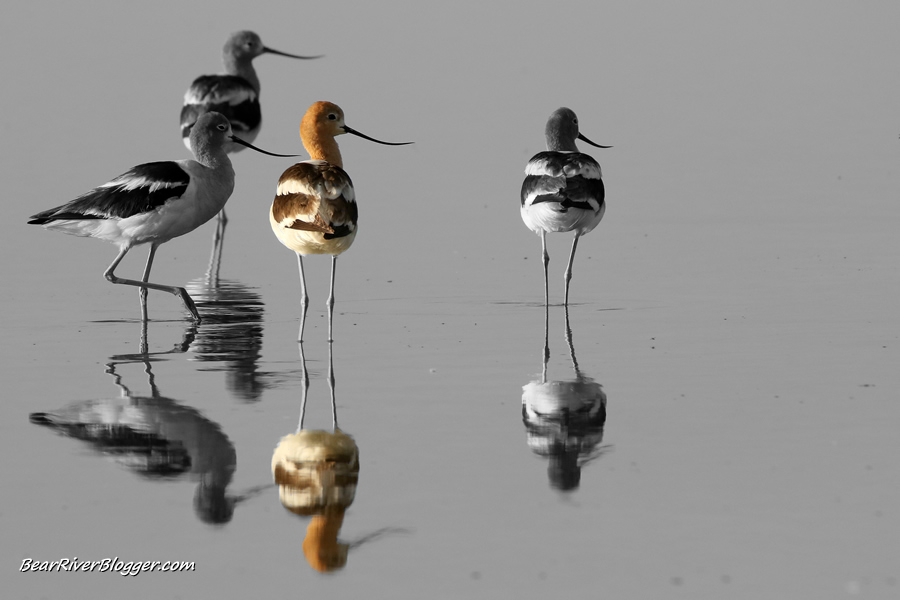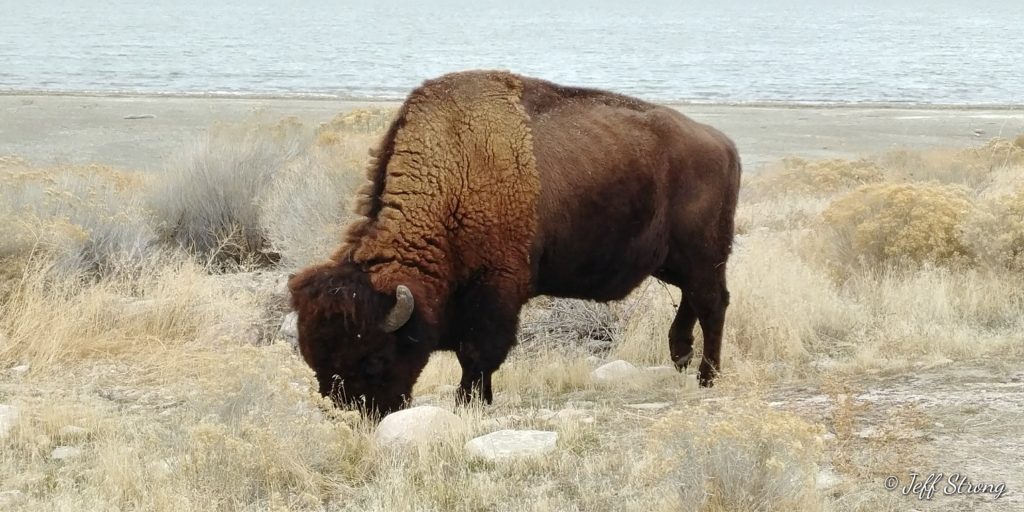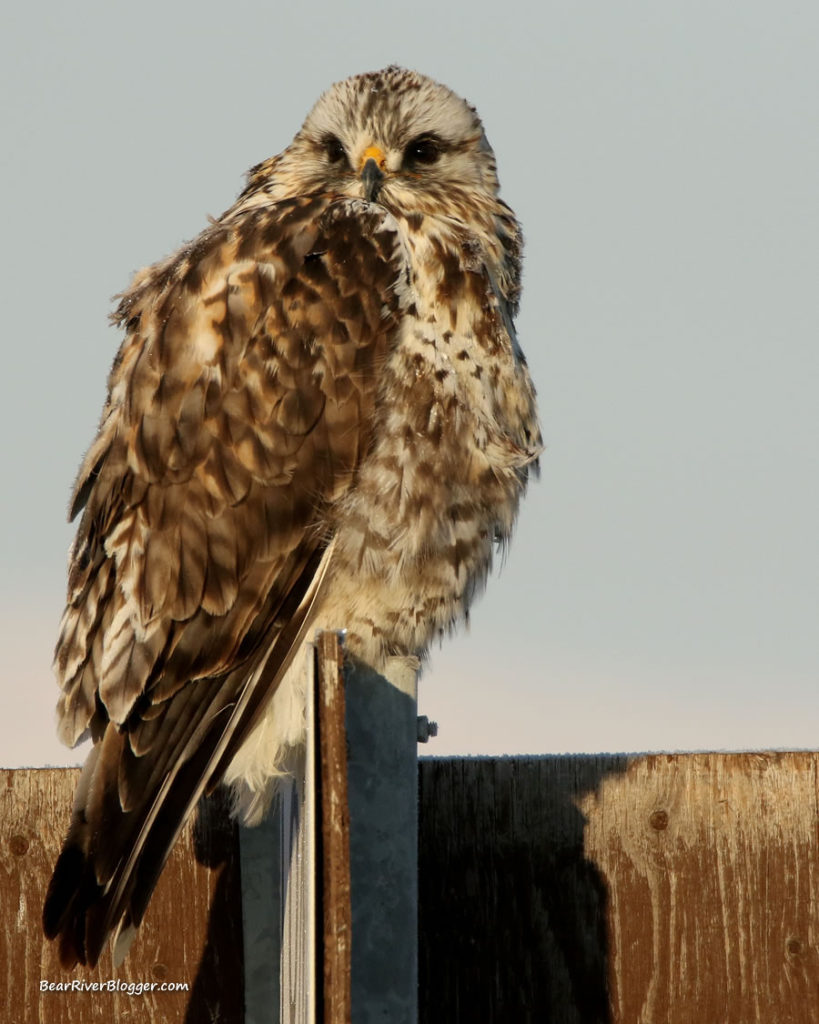Suffice it to say, being an outdoor photographer I have many bird-watching spots here in northern Utah and one of my most favorite and most productive locations for not only birding but also nature photography is, in fact, Antelope Island and the nearby famous Great Salt Lake.
Most birders typically associate this area with the millions of shorebirds and waterfowl that migrate through each year, and rightfully so as the Great Salt Lake is a most incredible birding spot for waterbirds of all kinds.
But Antelope Island has many other types of birds actually living on the island itself which makes it one of the most diverse places in Utah to go bird watching.
Twice a week and almost year-round, I personally make the trip to Antelope Island to photograph and enjoy the abundant wildlife and unique scenery it has to offer. Bird watching has always been the catalyst for me to visit the island but there are so much more than just birds to see on these trips and I am never disappointed even when I have a slow day with the birds.
What kinds of birds live on Antelope Island?
Antelope Island has many different species of birds which live on the island during all of or just part of the year, including barn owls, peregrine falcons, chukar partridge, western meadowlarks, northern harriers, long-billed curlews, sage thrashers, and burrowing owls, just to name a select few.
From songbirds to birds of prey, many different species and types of birds live on the large island. Some are permanent residents, such as the great horned owl, and others, including several species of hummingbirds, are migratory and briefly stopover on the island during their yearly migrations.

Where are the birds on Antelope Island?
Depending on time and year and species of bird, our avian feathered friends can be found all over the island but there are certain spots which many birds tend to use most often.
The Garr Ranch portion of the island is, in my opinion, the most productive birding spot on the entire island for one good reason, trees. Many birds are attracted to and live in trees and the ranch has plenty of large trees which does bring in a wide variety of birds throughout the year.
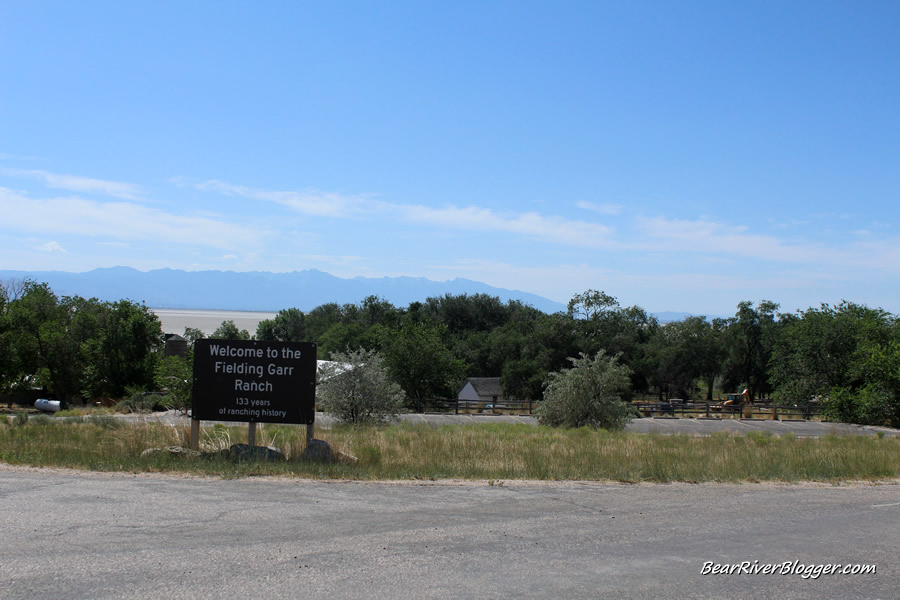
Some birds live at the ranch year-round but many birds, such as a variety of songbirds, migrate through and are only on the island for a brief period or so. The ranch house property does have some nesting great horned owls and baby owlets can be found at times perched high above in the large trees which fill part of the ranch grounds.
Driving the paved island roads can also lead to some great bird sightings as many birds will perch on the nearby bushes and sunflowers. Western meadowlarks are very commonly found perched atop the roadside vegetation singing during spring and early summer. Sage thrashers are also a very common bird found along the island roads.
Chukar partridge, a non-native but introduced bird to Utah, is a popular sighting on the island and can be found along the roadsides as well. I typically find them around the visitors center hillsides or just a mile or so further south along the main road to the Garr Ranch just after you go through the chain-link gates. After you go through the fencing, there is a big hillside with large rocks and it seems to be a very popular spot with the chukars as I have seen them there more than any other place on the island.
Burrowing owls are also an island favorite for birders and the park has numerous underground man-made nesting burrows placed all over the island for the small owls to nest in and raise their young. The small brown raptors can be found perched nearby their nest sites during the day so if you keep an eye out as you drive the roads they are pretty easy to find.
The best places to start your search for burrowing owls are nearby the visitors center but there are other spots as well that the owls can be found during the early summer months. Most of them can be easily observed from the roadway and the owls are skittish so visitors should never approach a nest site but watch from the road.
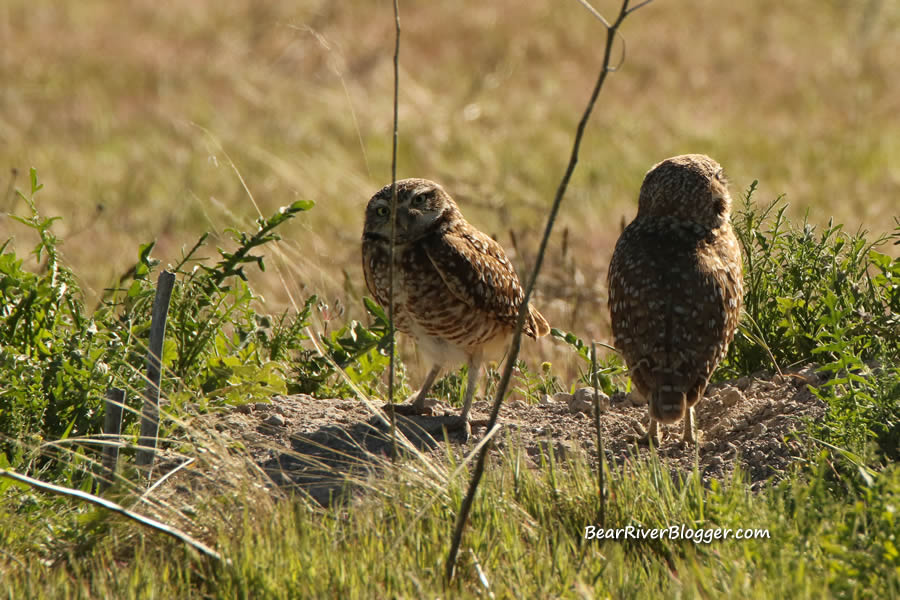
Birding on the Antelope Island causeway
The causeway itself is a perfect spot to bird watch for waterfowl and shorebirds. Each year, millions of birds use the shallow waters and nearby marshes of the Great Salt Lake to stop and feed on their long migratory journey. This makes for some incredible bird watching and the island causeway is very unique because of the large numbers of birds that oftentimes congregate not far away and the ease of access to view the birds.
The Antelope Island causeway is a 7-mile paved road that connects Antelope Island State Park to the mainland. This long stretch of road is perfect for viewing shorebirds as well as waterfowl which use the nearby salty waters of the shallow lake.
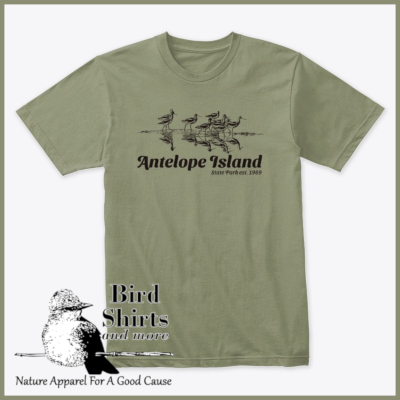
Each fall, literally millions of migrating shorebirds, including the American avocet which is one of my personal favorite shorebirds, stops at the Great Salt Lake to rest and feed, and many of them are easily viewed from the causeway.
I suggest a pair of binoculars or spotting scope as at times the birds can be further out on the lake but many times I have viewed them with the naked eye in close proximity to the causeway.
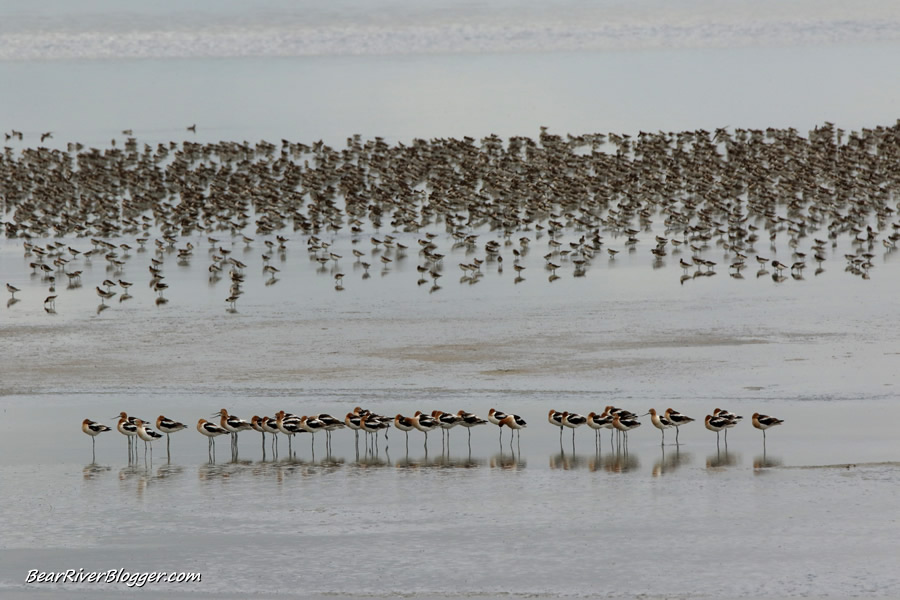
Is Antelope Island open to the public?
Antelope Island is a state park facility managed by the State of Utah and is open to the public daily, year-round, except for Christmas and Thanksgiving. Their hours are 6:00 a.m. To 10:00 p.m. (Check their website for any changes in this scheduling. Link below)
How much does it cost to go to Antelope Island?
As of the writing of this blog post, the current daily fee to enter Antelope Island State Park is $15 and available either on their website in advance or at the toll booth as you reach the causeway entrance.
How long is the Antelope Island causeway?
From the toll booth to the island itself, the causeway is 7 miles long. It is paved and offers a nice view of the Great Salt Lake and surrounding areas and is a great place to look for shorebirds.
Can you drive around Antelope Island?
Antelope Island has several miles of paved roads that allow visitors to easily drive to many different locations on the island, including several hiking trail-heads, the visitors center, and the Garr Ranch.
It usually takes a couple of hours or so to drive all of the roads on antelope Island and causeway. Driving the island roads is one of the best ways to find many of the birds which live on the island.

What birds live on the Great Salt Lake?
As many as 257 species of birds live on the Great Salt Lake at sometime throughout the year, comprising of as many as 7,500,000 birds. Species that can be found on the Great Salt Lake include American avocets, cinnamon teal, Canada goose, marbled godwit, western sandpiper, and snowy plover, just to name a few.
Interesting facts regarding birds found on the lake from the Great Salt Lake Ecosystem Program
- Over 7.5 million birds, represented by 257 species, utilize the lake
- Over 2.5 million eared grebes, at times over half the North American population
- Up to 20,000 breeding adult pelicans on Gunnison Island
- About 500,000 phalaropes, the largest staging concentration in the world, representing 1/3 of the world population
How do I get to Antelope Island?
Getting to Antelope Island is done by way of taking the Antelope Drive exit off of interstate 15. Once you leave the interstate, head west on Antelope Drive until you come to the park toll booth. You will drive through both Layton and Syracuse cities before you come to the park entrance gate. There you will be able to pay the entrance fee.

Contact Information for Antelope Island State Park
Address: 4528 West 1700 South, Syracuse, Utah 84075
Phone Numbers: Entrance Booth/Information:801-773-2941 Visitor Center/Information:801-725-9263 Park Naturalist:801-721-9569 Fielding Garr Ranch:801-927-0545
Website: Antelope Island State Park
Conclusion
I spend many days each year on Antelope Island watching for and photographing birds. This large state park allows the avid birder to view a wide variety of birds within a short time as many shorebirds live on the nearby Great Salt Lake and many of other types of birds utilize the island habitat itself, making it a most unique opportunity to view such a diverse collection of birds.
The island is a large state park with many things to do in addition to bird watching but bird watching and photography is what takes me over to the island several times per week, year-round. Many of the bird, sunset, and nature photographs for this blog come from Antelope Island.
Feel free to subscribe to our blog for upcoming articles about Antelope Island and the Great Salt Lake, including the Bear River Migratory Bird Refuge which is a short 45 miles north of the island and also a great place for bird watching and photography.
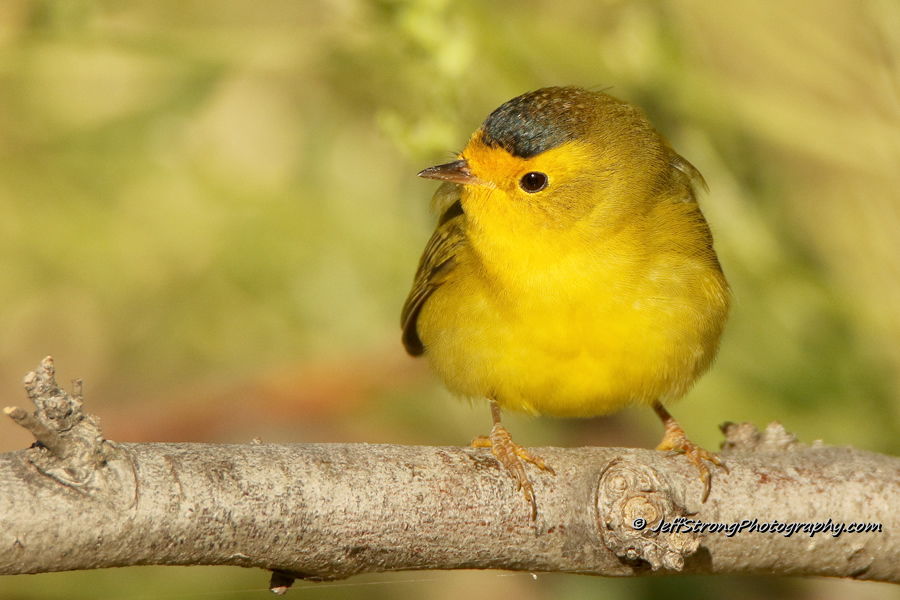
Gear for bird photography
Quite often I am asked about what lens I use for bird photography. Whenever possible, I shoot with a 600 mm lens and this is almost always the case when I am photographing birds on Antelope Island and the causeway. I have used the Tamron 150-600 mm lens for several years now and I have been very pleased with how well it works.
My lens is the first generation lens and since my purchase, Tamron has come out with a newer version. If you are looking for a great, relatively inexpensive long lens for bird photography, I suggest looking into this particular lens for whatever brand of DSLR camera you are using.
I have used it with both my Canon 7d MkII and my Canon Rebel and have achieved great results either way. In fact, most of the bird images on this website were taken with the Tamron 150-600 mm lens with either my 7d MkII or old rebel t4i.
This particular image was taken a few weeks prior to writing this post while on the island causeway with my 7d MkII. It’s a great lens for the money from my experience and I will be upgrading to the newer version when the time comes to get a new lens.
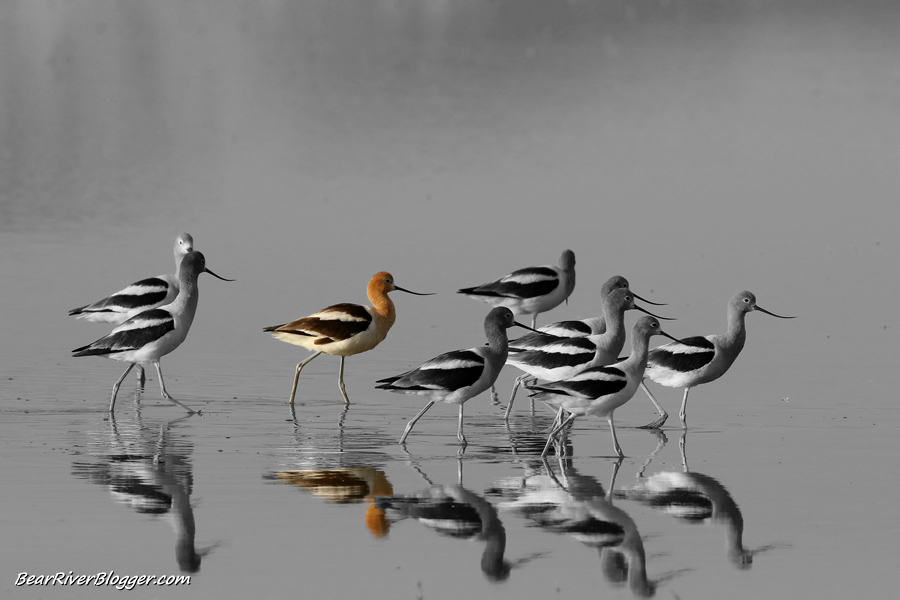
I only offer my suggestion of what lens has worked for me in hopes it helps you take better bird photographs. In the past, I have used a Sigma 500 mm lens but I wasn’t happy with it so I opted to try the Tamron 150-600 mm lens and since then I have been pleased with the results. There are indeed better overall lenses out there that cost a lot more money but, truthfully, for what I use it for, the Tamron 150-600 mm lens serves me well.


